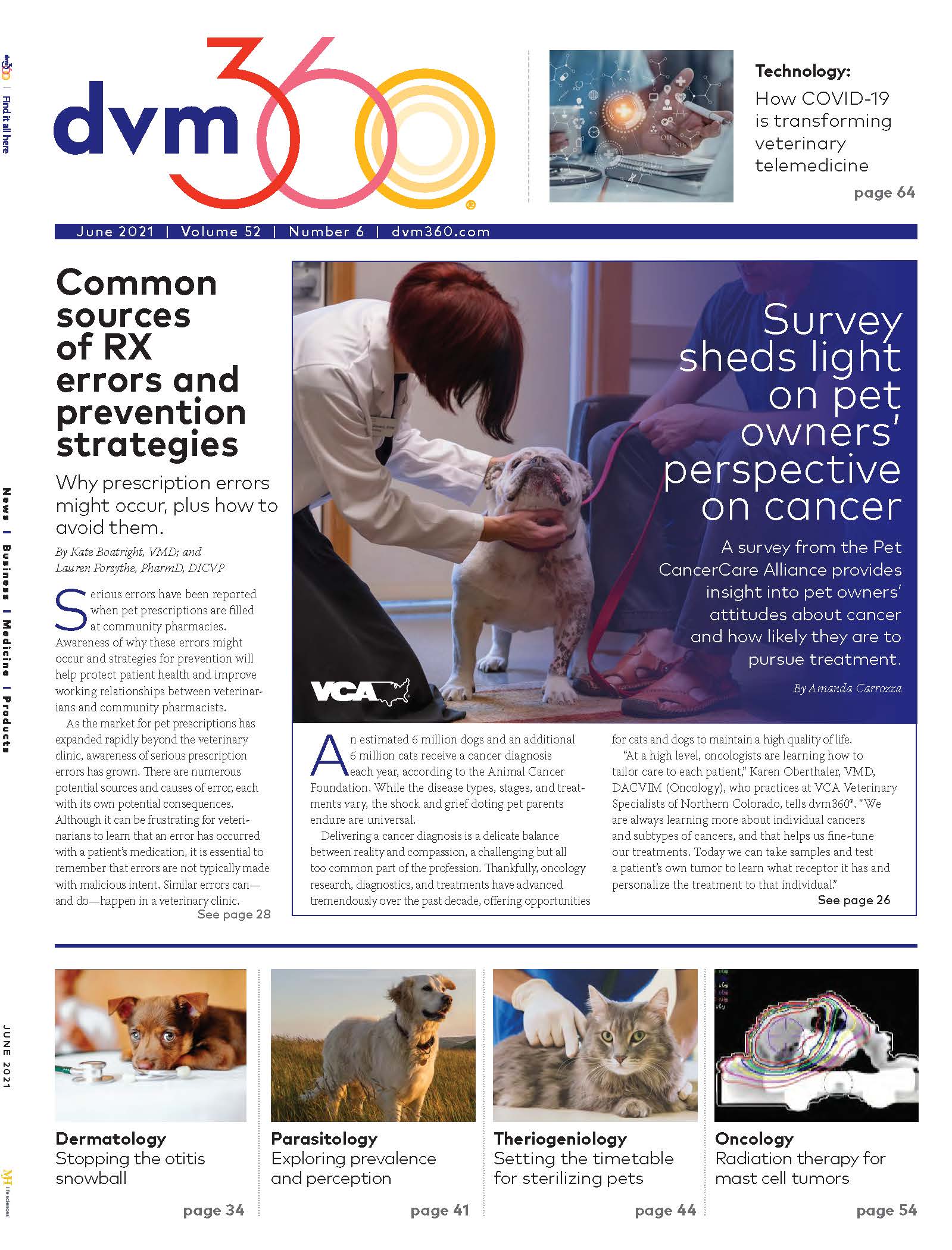A promising job outlook for new veterinary school graduates
New veterinarians—from the class of 2021—may have higher starting salaries than last year’s graduates. Here’s why, plus a closer look at the current job market.
There’s good news for this year’s veterinary graduating class—the economic outlook as you enter the profession looks promising. Demand for veterinary services is still high (and growing), the job market for new veterinarians looks optimistic, and the overall economic landscape is rebounding as more and more people get vaccinated against COVID-19.
As veterinary practices field an increase in client demand, our profession’s newest veterinarians are likely to be welcomed eagerly into the workforce, at starting salaries higher than those of last year’s graduates.
Class of 2021: An unprecedented experience
With their final year of education accomplished entirely in the pandemic, the class of 2021 has had an experience like no other class before. COVID-19 has affected everything from clinical experiences to externships and even graduation itself.
We know from our annual survey of fourth-year veterinary students that many of last year’s graduates worried about how COVID-19 might affect their job and career prospects. Fortunately, their fears largely didn’t come to fruition. AVMA research showed that only 6.3% of 2020 graduates had offers reduced or withdrawn due to the pandemic. Overall, employment rates and salaries for the class of 2020 kept pace with what would have been expected in a non-pandemic year.
AVMA’s survey of the class of 2021 graduates is still underway, so we don’t yet have hard data on the offers they’ve received, their salaries, or any worries they might have. What we do know is that the profession still needs new veterinarians to fill positions amidst the growing demand for patient care.
High demand for veterinary services
As pet owners have been spending more time with their animals during the pandemic, they also have been spending more dollars on their animals. In 2020, Americans spent $103.6 billion on pet care and products, up from $97.1 billion in 2019 and $90.5 billion in 2018, according to the American Pet Products Association. That number is projected to increase again in 2021 to $109.6 billion. Of that, $32.3 billion is expected to go to veterinary care and product sales—up from $31.4 billion in 2020.
In keeping with that trend, revenue at veterinary hospitals over the last 12 months has gone up 13.6%, and visits up 3.6%, compared with the previous 12 months. (You can see this data updated on a daily basis at avma.org/IndustryTracker.) In some states, the year-over-year revenue increase was more than 18% and the increase in visits higher than 8%.
This increased spending on pet products and services could suggest an optimistic landscape for veterinary graduates beginning their careers this year.
High likelihood of employment, strong salary outlook
Several factors suggest that the job and salary prospects for the class of 2021 look encouraging. First, as a baseline, we’ve seen over 93% of graduates securing either full-time employment or a continuing education position prior to 2 weeks before graduation every year since 2016. With the current high demand for veterinary services, this year’s graduates might hope to see starting pay higher than last year’s, when the mean starting salary for graduates securing full-time jobs was $91,892.
Plus, 2020 data from the AVMA Veterinary Career Center showed more job postings than job seekers over the course of the year. Given the economic outlook, it seems likely that the ratio could increase further in 2021, improving the outlook for job seekers.
Unemployment numbers also look optimistic, getting closer to pre-pandemic levels. As of mid-April, new unemployment insurance claims were at their lowest level since the start of the pandemic and continuing to drop. Not only does this bode well for job-hunting veterinarians; more people employed also means more people able to afford needed healthcare for their animals. Looking to the future, the US Bureau of Labor Statistics projects the US will add 6 million jobs between 2019 and 2029.
High hopes for economic recovery
Key to eventually resuming pre-pandemic routines, the US rolled out COVID-19 vaccines in mid-December 2020. By the end of April 2021, approximately half of all eligible Americans had received at least one vaccine dose, and nearly 30% of the total US population had been fully vaccinated. As that number rises, the economy should continue to expand.
In fact, there already are signs of growing consumer confidence and spending. By late March, consumer spending was showing the first signs of year-over-year growth since the onset of the pandemic. Additionally, a March survey by McKinsey & Company found that more than half of US consumers expect their spending to increase later in the year as they “splurge” and treat themselves in celebration of expected recovery. Higher-income millennials intend to spend the most.
Best wishes, class of 2021
Persevering through the pandemic, our profession is welcoming a new wave of promising veterinarians into the workforce. Fortunately, it seems the economic outlook can offer hope to these newly minted veterinarians as they launch their careers. As long as these trends persist, this year’s new veterinarians can expect to hit the ground running amid high demand for pet care, steady job growth, and an improving economy. As the future of our profession, we can’t wait to see all you’ll accomplish.
Bridgette Bain, PhD, is the associate director of AVMA’s veterinary economics division.

